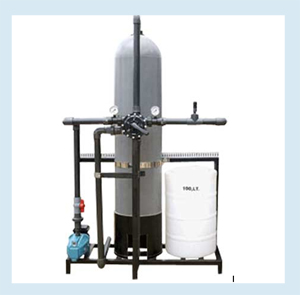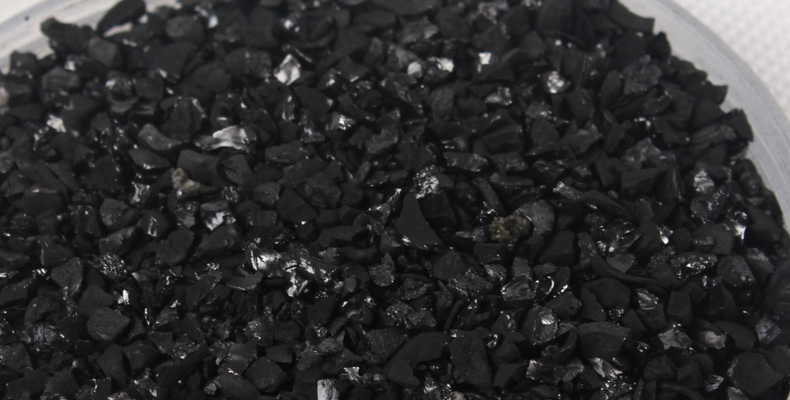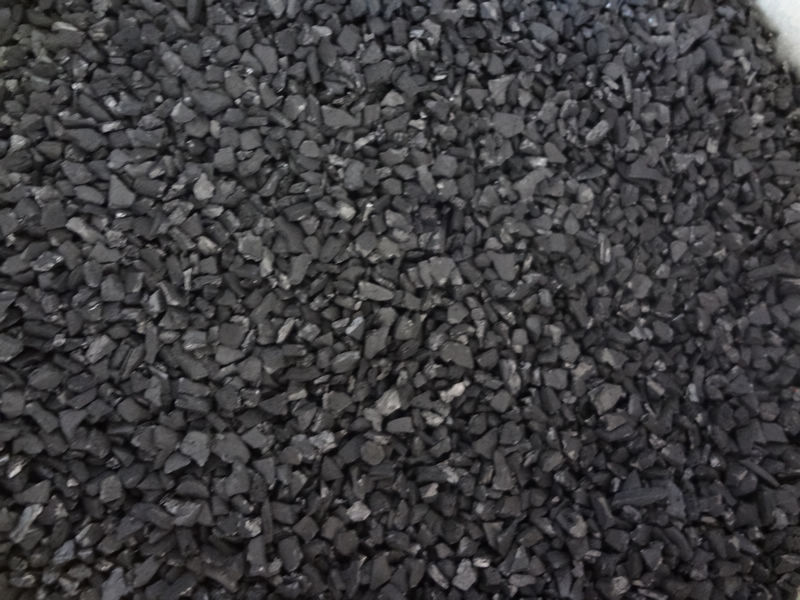



Carbon filtering is a method of filtering that uses a bed of activated carbon to remove contaminants and impurities, using chemical adsorption.
Each particle/granule of carbon provides a large surface area/pore structure, allowing contaminants the maximum possible exposure to the active sites within the filter media. One pound (450 g) of activated carbon contains a surface area of approximately 100 acres (40 Hectares).
Activated carbon works via a process called adsorption, whereby pollutant molecules in the fluid to be treated are trapped inside the pore structure of the carbon substrate. Carbon filtering is commonly used for water purification, in air purifiers and industrial gas processing, for example the removal of siloxanes and hydrogen sulfide from biogas.
Active charcoal carbon filters are most effective at removing chlorine, sediment, volatile organic compounds (VOCs), taste and odor from water. They are not effective at removing minerals, salts, and dissolved inorganic compounds.
Typical particle sizes that can be removed by carbon filters range from 0.5 to 50 micrometres. The particle size will be used as part of the filter description. The efficacy of a carbon filter is also based upon the flow rate regulation. When the water is allowed to flow through the filter at a slower rate, the contaminants are exposed to the filter media for a longer amount of time.
Specifications:-
| MODEL | Min. Pressure
kg/cm2 |
Max. Pressure
kg/cm2 |
FLOW (M3/HR) |
BED DEPTH mm |
| ACF600 | 2.5 | 3.5 | 13.5 | 670 |
| ACF750 | 2.5 | 3.5 | 21.0 | 670 |
| ACF900 | 2.5 | 3.5 | 30.0 | 670 |
| ACF1050 | 2.5 | 3.5 | 46.0 | 670 |
| ACF1200 | 2.5 | 3.5 | 54.0 | 670 |
| ACF1400 | 2.5 | 3.5 | 57.0 | 670 |
| ACF 1600 | 2.5 | 3.5 | 96.0 | 670 |
| ACF 1800 | 2.5 | 3.5 | 122.0 | 6 70 |
| ACF2000 | 2.5 | 3.5 | 150.0 | 670 |
Application:-
- Steel Plant
- Hosiery Industry
- Cycle Industry
- Plastic Industry
- Paper Industry
- Sugar Mills
- Hotels
- Complexes
- Houses
- Malls
- ETP and STP Plants

